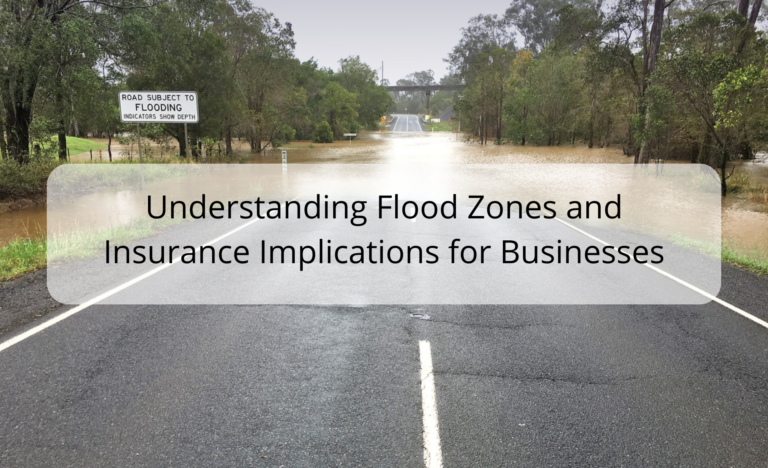Flooding is one of the most common and costly natural disasters that businesses face. Understanding flood zones and their insurance implications is crucial for protecting your commercial property and ensuring business continuity. In this comprehensive guide, we’ll explore what flood zones are, how they impact your business, and the insurance considerations you need to keep in mind.
What Are Flood Zones?
Flood zones are geographic areas defined by the Federal Emergency Management Agency (FEMA) based on the level of flood risk. These zones are depicted on Flood Insurance Rate Maps (FIRMs) and are used to determine insurance requirements and premiums. Flood zones range from areas with minimal risk to those with a high probability of flooding.
Types of Flood Zones
- Zone X (Minimal Risk):
– Areas with a minimal risk of flooding, typically not requiring mandatory flood insurance.
- Zone B and C (Moderate Risk):
– Areas with a moderate risk of flooding, often outside the 100-year floodplain but still requiring consideration for flood insurance.
- Zone A (High Risk):
– Areas within the 100-year floodplain, where there is a 1% annual chance of flooding. Mandatory flood insurance requirements apply for properties with federally-backed mortgages.
- Zone AE, AH, AO (High Risk):
– Subcategories of Zone A with different floodplain characteristics, such as base flood elevations or shallow flooding.
- Zone V (Coastal High Risk):
– Coastal areas with additional hazards due to storm surge and wave action. Properties in these zones have stricter building codes and higher insurance premiums.
- Zone D (Undetermined Risk):
– Areas with undetermined flood risks. While not mandatory, flood insurance is recommended.
Why Understanding Flood Zones Matters for Businesses
Knowing your property’s flood zone is critical for several reasons. It helps you assess the flood risk, determine insurance requirements, and implement appropriate mitigation measures to protect your business.
Assessing Flood Risk
Understanding the flood risk associated with your property’s zone enables you to make informed decisions about protecting your business. High-risk zones necessitate more robust flood protection measures and planning.
Insurance Requirements and Costs
Flood zone classifications directly impact flood insurance requirements and premiums. Properties in high-risk zones are required to have flood insurance, especially if they have federally-backed mortgages. Understanding your flood zone helps you budget for insurance costs and ensures compliance with regulations.
Planning and Mitigation
Knowing your flood zone helps you develop an effective flood preparedness plan. This includes implementing structural improvements, such as elevating buildings, installing flood barriers, and ensuring proper drainage systems are in place.
Insurance Implications for Businesses in Flood Zones
Flood insurance is a crucial consideration for businesses located in flood zones. Standard commercial property insurance policies typically do not cover flood damage, making separate flood insurance necessary.
National Flood Insurance Program (NFIP)
The National Flood Insurance Program (NFIP), managed by FEMA, provides flood insurance to property owners in participating communities. NFIP policies offer coverage for building property and contents, with specific limits and exclusions.
Key Coverage Areas of NFIP
- Building Property Coverage:
– Covers structural damage, including walls, floors, and foundation. The coverage limit is typically up to $500,000 for commercial properties.
- Contents Coverage:
– Covers damage to business property inside the building, such as furniture, equipment, and inventory. The coverage limit is also up to $500,000.
- Exclusions:
– NFIP policies do not cover damage to property outside the building, loss of use, or financial losses due to business interruption.
Private Flood Insurance
In addition to NFIP, businesses can consider private flood insurance policies. Private insurers may offer higher coverage limits, additional coverage options, and more flexibility compared to NFIP policies.
Key Considerations for Private Flood Insurance
- Higher Coverage Limits:
– Private flood insurance can provide coverage limits that exceed NFIP caps, offering better protection for high-value properties.
- Business Interruption Coverage:
– Some private policies include business interruption coverage, compensating for lost income during the recovery period.
- Customizable Policies:
– Private insurers may offer customizable policies that better align with the specific needs of your business.
Steps to Mitigate Flood Risk for Your Business
Mitigating flood risk involves a combination of structural improvements, preparedness planning, and insurance coverage. Here are key steps to take:
Structural Improvements
- Elevate Buildings:
– Elevate your building above the base flood elevation (BFE) to reduce the risk of flood damage.
- Flood Barriers:
– Install flood barriers, such as levees, floodwalls, or sandbags, to protect your property from floodwaters.
- Drainage Systems:
– Ensure your property has adequate drainage systems to manage excess water and prevent flooding.
Preparedness Planning
- Emergency Plan:
– Develop a comprehensive emergency plan that includes evacuation procedures, communication protocols, and roles and responsibilities.
- Employee Training:
– Train employees on flood preparedness and response actions to ensure their safety and the continuity of business operations.
- Backup Systems:
– Implement backup systems for critical business operations, such as data storage and power supply.
Insurance Review
- Evaluate Coverage:
– Regularly review your flood insurance coverage to ensure it meets your current needs and risk levels.
- Consider Additional Policies:
– Assess the need for additional policies, such as private flood insurance or business interruption coverage, to enhance protection.
Expert Claims Assistance from D.A. Lamont Public Adjuster
At D.A. Lamont Public Adjusters, we understand the complexities of flood insurance and the challenges businesses face in flood-prone areas. Our team of experienced public adjusters is dedicated to helping you navigate the insurance claims process, ensuring you receive fair and adequate compensation for flood-related damages.
Comprehensive Risk Assessment
We conduct thorough risk assessments to identify vulnerabilities in your property and recommend effective mitigation strategies. Our expertise helps you make informed decisions to protect your business from flood risks.
Claims Management
Our public adjusters handle every aspect of your flood insurance claim, from initial assessment to final settlement. We provide detailed documentation, expert negotiation, and continuous support to maximize your claim’s success.
Advocacy and Support
As your advocates, we represent your best interests throughout the claims process. Our goal is to ensure you receive the compensation you deserve, allowing you to recover and rebuild your business with confidence.
Secure Your Business with Our Assistance
Don’t navigate the complexities of flood insurance and claims alone. Contact D.A. Lamont Public Adjusters for expert assistance and dedicated support. Visit our website or call us at 800-342-6690 to schedule a consultation. Let us help you protect your business and secure the compensation you deserve.
By understanding flood zones and their insurance implications, and with the support of D.A. Lamont Public Adjusters, you can effectively safeguard your commercial property and ensure business continuity in the face of flood risks.


